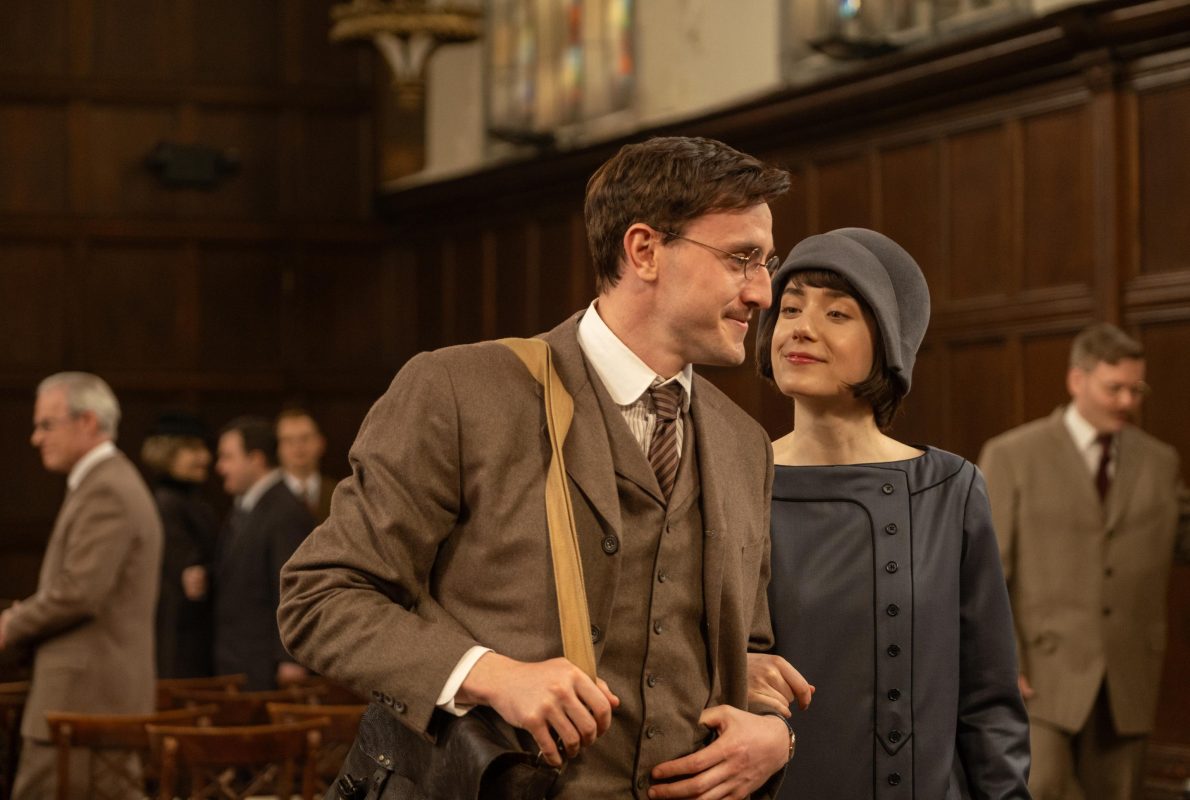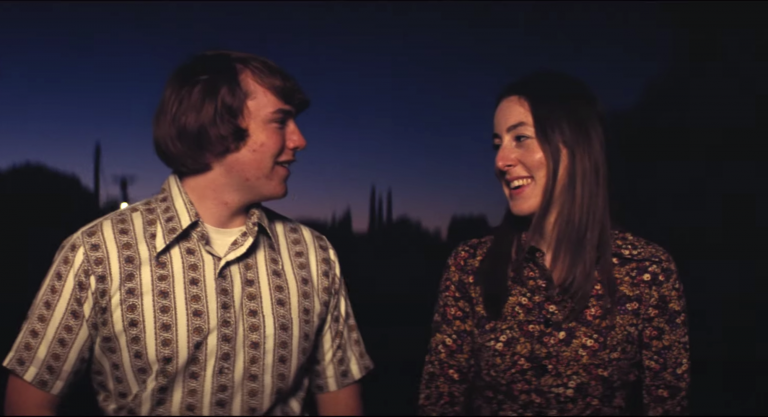The term “old-fashioned” is often used to disparage the intentions of a film, but for a project like The History of Sound (2025), it’s both entirely accurate and potentially intriguing. Sentimentality and sincerity are far too rare in an industry that has been inundated by cynicism, particularly when it comes to framing historical stories for a new audience. “The History of Sound” does not make any conscious attempts to buck formula or subvert expectations, as something is refreshing in the methodical approach it takes to the material. A slow, observant study on the passing of time, “The History of Sound” is elevated by its two phenomenal lead performances.
“The History of Sound” is based on an acclaimed series of short stories by Ben Shattuck, which explored the relationship between Lionel Worthing (Paul Mescal) and David White (Josh O’Connor) during the moments leading up to World War I. It’s due to a chance encounter that the two young men discover they share a passion for music, and begin working on a project through the Boston Music Conservatory to travel the nation, recording folk songs for the sake of cultural archeology. The two men also fall passionately in love with one another, but their romance is continuously thwarted by the warfare, social constraints, and unpredictable circumstances of the next decade.
“The History of Sound” often plays out like a faded memory, with some scenes even using a voice-over by an older Lionel (Chris Cooper) to give context to the historical events. Director Oliver Hermanus chooses to explore the entirety of a relationship, which is ultimately composed of seemingly coincidental moments that end up becoming vital for both men. Although there is an inherent tragedy in the fact that they were often separated, “The History of Sound” isn’t determined to revel in the futility of their bond. Instead, the moments in which Lionel and David are allowed to connect over their shared passion are crystallized with respectful intimacy. By keeping the aesthetics somewhat restrained, Hermanus allows the actors to give the most authentic performances possible.

Also Read: Josh O’Connor: 5 Important Movie Performances
Although Hermanus has been praised in the past for his trailblazing work to represent the LGBTQ community, “The History of Sound” has received some backlash for what some critics have perceived as a lack of sexual intimacy. Understandably, such a muted depiction of sexuality could have come off as regressive in the hands of a different filmmaker, but Hermanus is clearly working to add a different perspective to a timeless genre. Stories about the long-suffering passion between two suitors who are given only fleeting chances to interact with one another have existed since the beginning of storytelling, and their lack of graphic sexual content is meant to exacerbate that tension. To place two LGBTQ characters in those roles was a bold move on Hermanus’ part, as “The History of Sound” explores the historical barriers that made it more challenging for them to continue their relationship in peace.
A film so patient in its approach requires two actors with impeccable chemistry, and thankfully, both O’Connor and Mescal are up to the task. A clever choice that Hermanus makes is to only steadily reveal the differences between the two men as they become more prominent fixtures in each other’s lives. At first, the shared compassion for music and admiration of recorded history make Lionel and David feel seen in a way that neither has ever experienced.
To the film’s credit, their relationship starts almost instantaneously, as Hermanus cuts out any of the repressed tension that could have been detrimental to the pacing. It’s only after the exhilaration of being seen for the first time that Lionel and David begin to notice the diversity within their experiences; for David, it’s a shock to learn that Lionel has remained rather coy about his identity, as he’s seen the violence that this country is capable of.
The divisions within their paths are often heartbreaking, and they’re not just limited to intolerance. Due to David’s participation in the war, a more stringent academic community, and the natural barriers of communication during their period in history, the two characters are denied the opportunity to be entirely present within each other’s lives. Hermanus offers a modest take on the history of intimidation and violence that are inherent to many LGBTQ stories. While they are acknowledged, the film understands that audiences are so aware of this context that to once again indulge in misery would feel manipulative and disappointing. “The History of Sound” isn’t willfully idealistic, but its decision to look at a more mature, developed relationship between the characters is not only an advantage to pacing, but a means of connecting with audiences that don’t want to experience trauma when watching a quaint love story.
Must Check: All 7 Paul Mescal Movie Performances, Ranked

“The History of Sound” is also quite modest in its historical recreations, as there are few instances in which entire cities, taverns, or universities are shown with all their period aesthetic details. This is a film about characters that existed outside of the mainstream, so it makes sense for them to appear in more closed-off locations. Some of the film’s shots of nature are downright stunning. Hermanus is willing to let scenes linger for extended periods, but it rarely feels uncomfortable. The framing device of Lionel’s journal and letters serves as an appropriate enough justification for why certain moments are more fleshed out than others.
Mescal and O’Connor are both doing incredible work, as there’s not a hint of modernity within their classical performances. Although both men are obviously hindered by a more conservative approach to socialization within the academic community of the early 20th century, the brief moments in which David’s unembellished charisma is depicted make it hard not to understand Lionel’s instant attraction. Given Mescal and O’Connor’s history of portraying volatile, instinct-driven young men in skewed romances, it’s striking how they preserve that same charge while inhabiting far more subdued roles.
Although it may take some patience to get through some extended moments of process, as “The History of Sound” is fairly light on plot for a 127-minute film, its emotional peaks are so effective that the commitment is justified. Even the tacked-on ending, which is the only real example of the film getting too saccharine for its own good, reflects a modesty of intentions that is admirable. “The History of Sound” is delicate without being obtuse, and offers a simmering romance that proves to be unforgettable.




![Paddington [2014] Review: A Sweet-Natured & Warm-Hearted Delight For All](https://79468c92.delivery.rocketcdn.me/wp-content/uploads/2018/12/paddington-screenshot-1-768x432.jpg)

![Atomic Blonde [2017]: Charlize Theron’s Badass Performance Is Its Only Saving Grace](https://79468c92.delivery.rocketcdn.me/wp-content/uploads/2017/11/atomic-blonde-5877-768x314.jpg)

